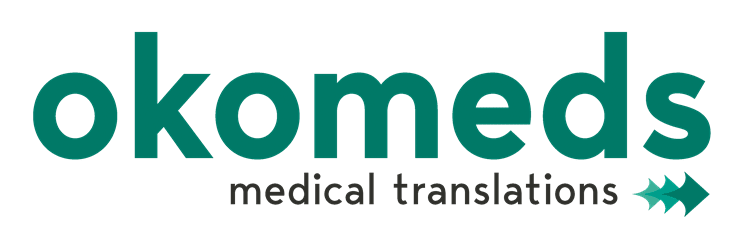
20 Sep Surviving a stroke, rehabilitation and medical translation
The aim of medical translation is to make communication between people who speak different languages easier. This is applicable to healthcare organizations, doctors and medical stall or patients and their families. In this sense, healthcare translation has a crucial part in granting service and quality care, although healthcare organizations also need make efficiency and reasonable costs part of social health problems, like stroke.
Number of strokes increase in elderly people, especially over 65 years old, affecting mostly to those countries with a high rate of old population, where, according to the forecasts of the World Health Organization, the number of cases will increase in absolute terms. Expert stroke professionals can guarantee a faster and more effective rehabilitation after suffering the cardiovascular accident, reducing sequelae, or helping patients to learn to live with them.
According to WHO, in countries with a high rate of old population, the number of stroke cases will increase in absolute terms.
A quick rehabilitation can reduce stroke sequelae
It is essential to give the rehabilitation phase after a ictus the importance it has to reduce the number of disabled patients, even for basic activities. Technologies and processes can help healthcare translation projects. That is the case of the software that allows healthcare organizations to save specific style and jargon preferences to be used in subsequent translations, the translation memory.
That is, a database of all previous translations that facilitates simultaneous medical translation in multiple languages and allows different translators to use the same assets in real time. As stroke mortality has decreased in the countries of our environment, many patients suffer from this condition. Recent studies have shown the importance of starting rehabilitation in the first sixty days after the stroke, in order to take advantage of neuroplasticity, or ability of neurons to change their morphology and activity, in response to changes in use or environment.
Therefore, rehabilitation (physical and cognitive) after a stroke should be intensive. As per the physical rehabilitation, technology and recovery programs provide encouraging results in all extremities, but especially in arms and hands. Extremities are affected in 85% of the survivors of a stroke, according to statistical data. It should be oriented to walk again, stand up, maintain balance and prevent falls.
Cognitive rehabilitation deals with psychological sequelae. Since a stroke or cerebral infarction is a disorder of the circulation of the brain, after the stroke disorders in language may appear, as well as aphasia and dysarthria or disorders in attention and concentration, causing alterations in memory. As a consequence, the patient may react in a depressive way. Therefore, it is essential to start the rehabilitation as soon as possible, stimulating the different brain areas of the patient, among others, through speech therapy, in order to recover the language and communication tools, including patients in conversations.

Medical translation tools for healthcare organizations and the latest stroke news
Other medical translation tools for healthcare organizations include a project management system and an experienced healthcare translation service. The former make it easy to follow the complete process of medical translations, from assignment, to needs and priorities and meetings with Language service providers, including a style guide and glossary and a channel to contact every step of the way.
In order to guaranty compliance with laws and regulatory agencies a medical translation provider needs to deliver accurate, culturally sensitive, and high-quality translations. Therefore, medical translation agencies are usually a better option than bilingual employees. Another discovery that could benefit stroke patients is that cannasbidiol is a therapeutic candidate for stroke prevention, as it exerts a favorable increase of the homeostatic effects of the endocannabinoid system (ECS), improving the metabolic syndrome, and delaying the development of atherosclerosis.
On one hand, a lot of physicians, occupational therapists, physical therapists, scientists and nurses are specializing on stroke recovery and rehabilitation. On the other, the complex cellular interactions regulated by the ECS – cardiovascular, neuropsychiatric, metabolic and autonomic functions; and inflammatory states- indicates that an augmentation of immune cell and central nervous endocannabinoid signaling can have a potential effect for stroke prevention and vascular disease.
To avoid having a medical emergency, like a stroke, and not being able to understand or communicate with the doctors, patients…, medical translators are needed. That is why people tend to keep medical translation services business cards, as one never knows when one can get lost in translation.






Sorry, the comment form is closed at this time.